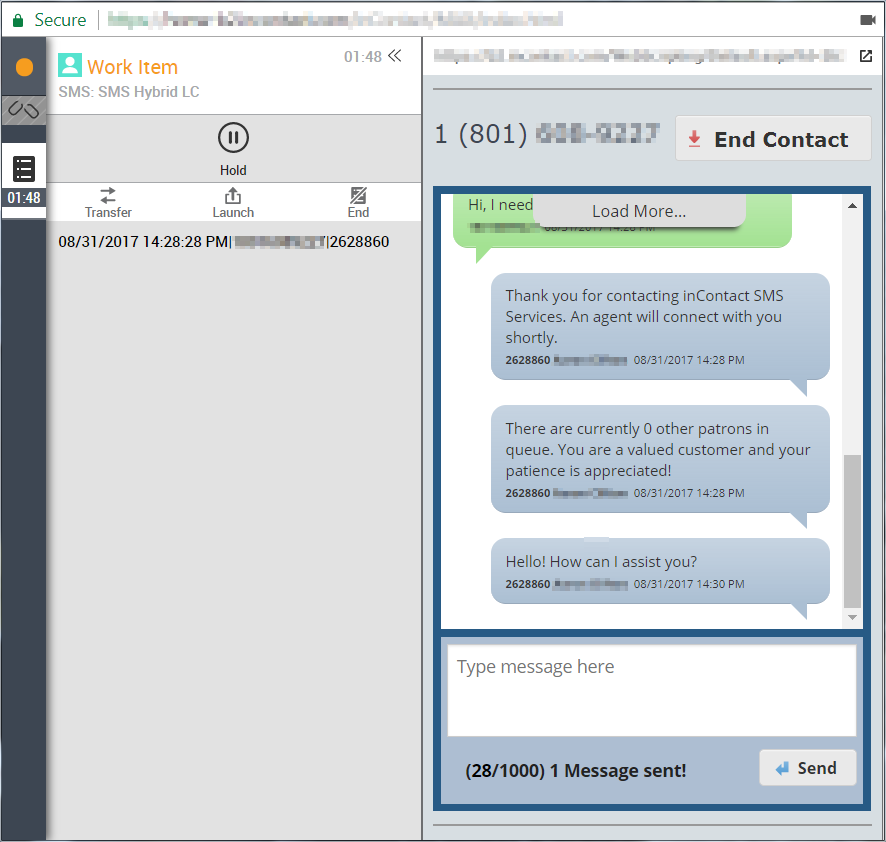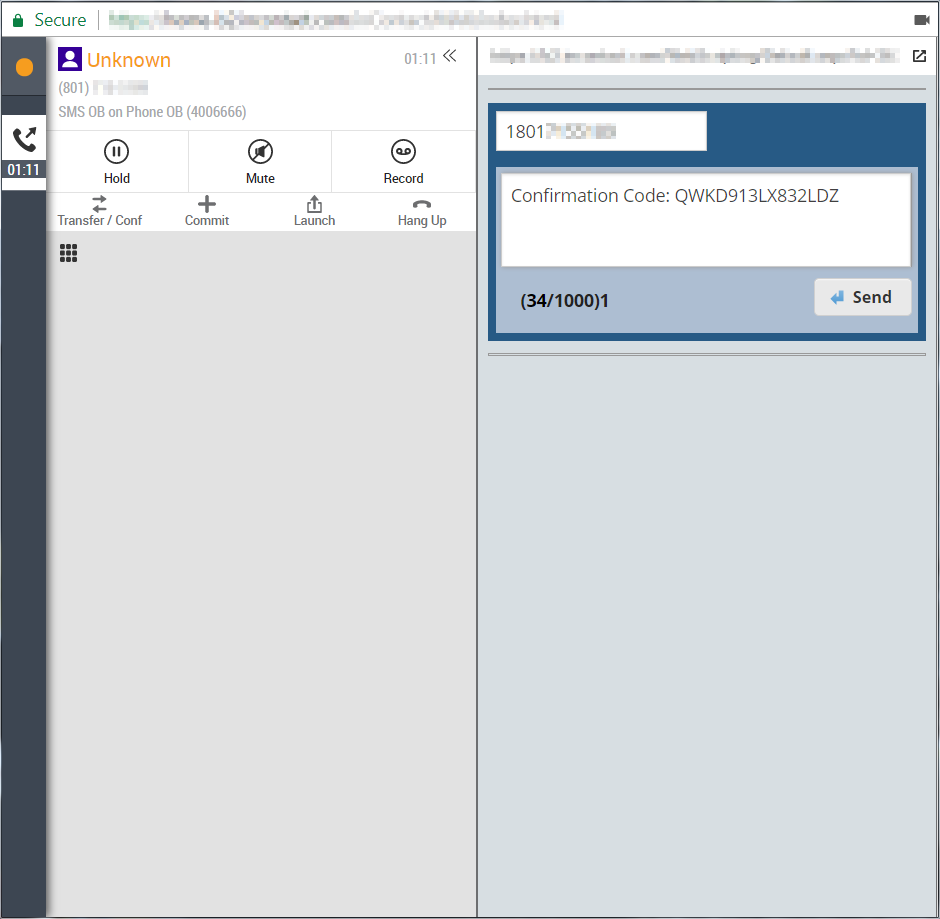Did you know that the first text message ever was sent on Dec. 3, 1992? It simply read: “Merry Christmas”. Finnish engineer Matti Makkonen had first conceived of the idea back in 1984. Fast forward to 2017: an astounding 15 million plus text messages are sent every minute of the day across the globe, but only a fraction of all those texts are customer service related. Looking at the Dimension Data’s 2017 Global Customer Experience Benchmarking Report, the wider adoption of text messaging / SMS as a valid means to reach out to customer service is reflected in the fact that almost 60% of organizations already support SMS / text as a channel for customer interactions, and another almost 20% are planning to implement within the year. When you look into supporting SMS / text as a contact center channel (or you are looking into formalizing and integrating SMS into your contact center from another part of your organization), what are the customer expectations for this channel, and which features are key to make SMS / text a successful addition to your contact center that helps to improve the customer experience? Customer expectations are fairly straight forward, as they use SMS / text on a daily basis. To them, SMS is just another convenient way to get into touch with you. Expectations for response times are fairly high: if you plan to support SMS, then be prepared to get back to your customers within a minute or two. At a minimum send a confirmation that you have received their message and are working on it in around 90 seconds tops.

Inbound SMS is a relatively new channel, but you should ensure that for routing inbound text interactions, your solution supports a universal queue that simply includes SMS as yet another digital channel with access to all routing options available for other channels (data directed, conditional, skills-based, etc.). From a handling perspective, SMS is actually somewhat similar to chat. You should consider a solution that supports Omnichannel Session Handling, as, once initial roll-out has completed and agents are comfortable with the new channel, most will be able to handle more than one SMS interaction concurrently. Needless to say, it is important to be able to ensure that in an SMS interaction consisting of multiple messages, follow up texts can go back to the “original” agent that received the first text to keep the context intact; at the same time, ensure that you provide for a situation where that original agent may not be available any more, and another agent must take over. That second agent will of course also need access to the contact history.

For outbound SMS, ensure you familiarize yourself with the legal situation around Express Written Consent and your ability to contact a customer on their cell phone. Under the Telephone Consumer Protection Act, text messages are the same as phone calls. For customers with proper consent, outbound SMS can be a huge time saver – it’s a fast and convenient way to receive reminders, quick updates, confirmation numbers, and the like. You will want to make sure that you are prepared to handle replies to your outbound texts with the same time expectations that apply to inbound SMS. One last thought: it may prove beneficial if you look out for a solution that enables your agents to send an outbound text message while they are handling another contact, such as a phone call.Imagine a scenario where you can text that confirmation, appointment or tracking number to the customer while you are still speaking with them? With Omnichannel Session Handling you can do exactly that! Your first contact resolution rates will increase, and so should your customer satisfaction. And your agents overall spend less time on that interaction, too! A true case of 1+1=3.




